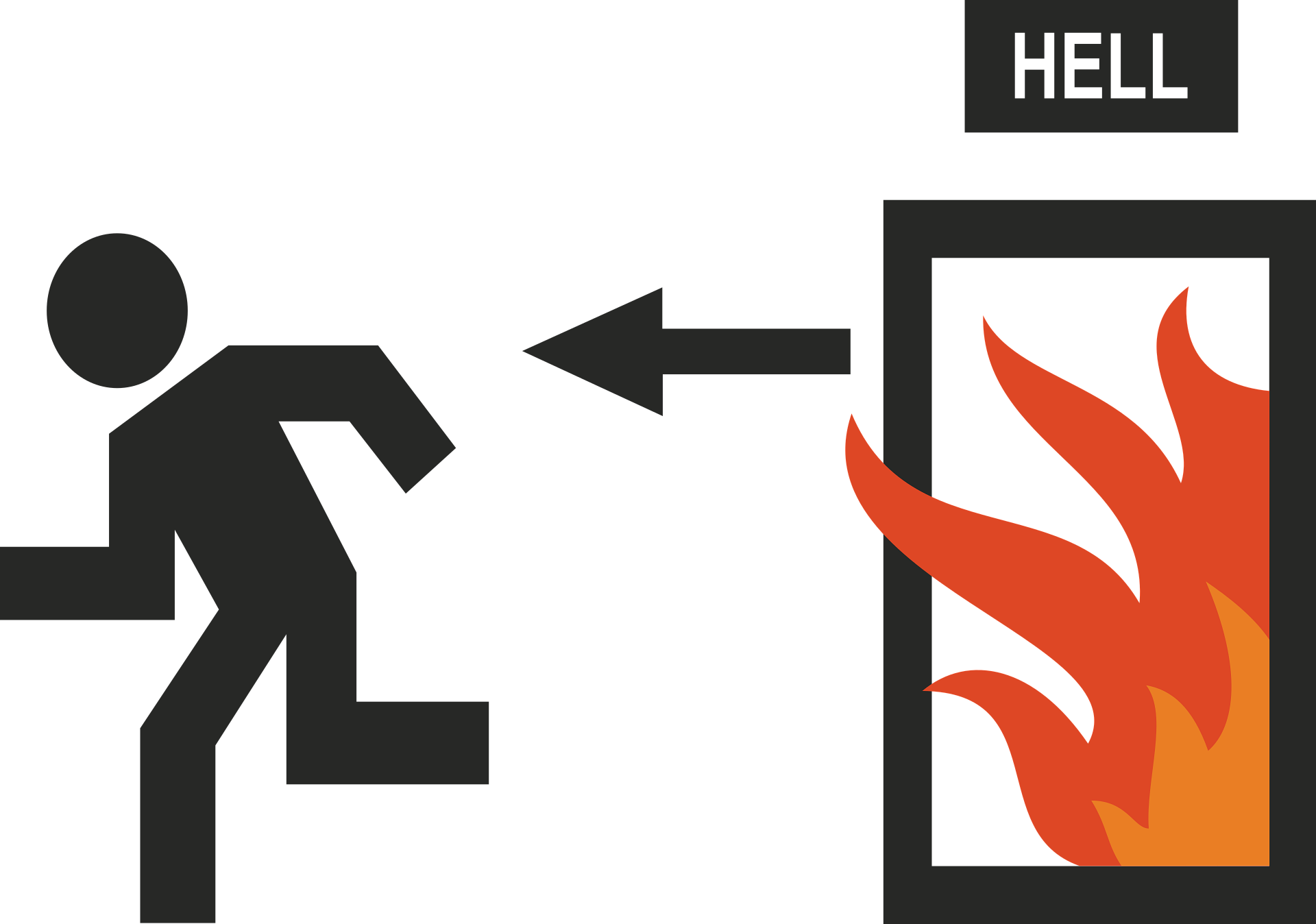Elevator smoke curtains are protective systems designed to prevent the spread of smoke and fire through elevator shafts, which can act like chimneys in a building during a fire. These curtains provide a barrier when deployed, containing smoke and helping to ensure the safety of building occupants by maintaining clear escape routes.
Installation of elevator smoke curtains is an essential safety measure in multi-story buildings. They are integrated into the elevator system and activate automatically in response to smoke detection, sealing off the elevator shaft from the affected floor. This not only helps to contain the fire and smoke to a particular area but also assists in the preservation of life and property by delaying the spread of fire.
The design of elevator smoke curtains is governed by strict building codes and standards, which specify the performance requirements necessary to achieve compliance. As such, they are a vital component in the fire safety strategy of modern buildings, underscoring their importance in constructing safe, codified structures.
Design and Functionality
Elevator smoke curtains are specialized safety devices designed to prevent the spread of smoke between floors in a building, particularly through the elevator shaft during a fire. They are engineered to deploy automatically and provide a barrier that can withstand high temperatures.
Material Composition
Elevator smoke curtains comprise materials that can resist intense heat and smoke. The primary material used is usually a fiberglass fabric with a silicone or polyurethane coating. This composition enhances their strength and provides:
- Heat resistance:The ability to withstand temperatures up to 1000°F (538°C).
- Durability:A long lifespan under regular conditions and extreme scenarios.
Mechanical Operation
These curtains are incorporated into the elevator system with a mechanical deployment mechanism. When smoke is detected, the curtains unroll from a concealed housing usually located above the elevator doors. Key features include:
- Gravity failsafe:Allows the curtain to deploy even during a power outage.
- Automatic reset:Enables the curtains to be retracted and reset after deployment.
Installation and Compliance
Elevator smoke curtains are integral safety features that require meticulous attention during installation and adherence to stringent regulations for compliance and maintenance.
Installation Process
Installation of elevator smoke curtains must be performed by certified professionals to ensure accuracy and functionality. Typically, the process involves:
- Mounting Brackets: Securely attaching the curtain’s brackets to the elevator car or surrounding structure.
- Deploying Curtains: Carefully installing the fabric or material that constitutes the smoke barrier.
- Electrical Integration: Connecting the curtains to the elevator’s electrical system for automatic deployment.
- Testing: Conducting multiple tests to confirm the smoke curtain deploys reliably and effectively.
Safety Regulations
Compliance with safety regulations is paramount for elevator smoke curtains. These regulations vary by location, but common requirements include:
- Certification Standards: Curtains must meet specified standards such as UL 1784 or equivalent.
- Building Codes: Adherence to local, regional, and national building codes regarding smoke control systems.
- Inspections: Submission to regular inspections by authorities to ensure compliance with all relevant fire safety regulations.
Maintenance Requirements
Regular maintenance is crucial to guarantee that elevator smoke curtains remain operational in emergency situations. Maintenance routines include:
- Visual Inspections: Checking for any signs of wear, damage, or obstruction to the curtain’s deployment.
- Mechanical Testing: Verifying the mechanical components operate smoothly and without fail.
- Cleaning: Ensuring the curtain’s fabric is free of dust and debris that could impede function.

